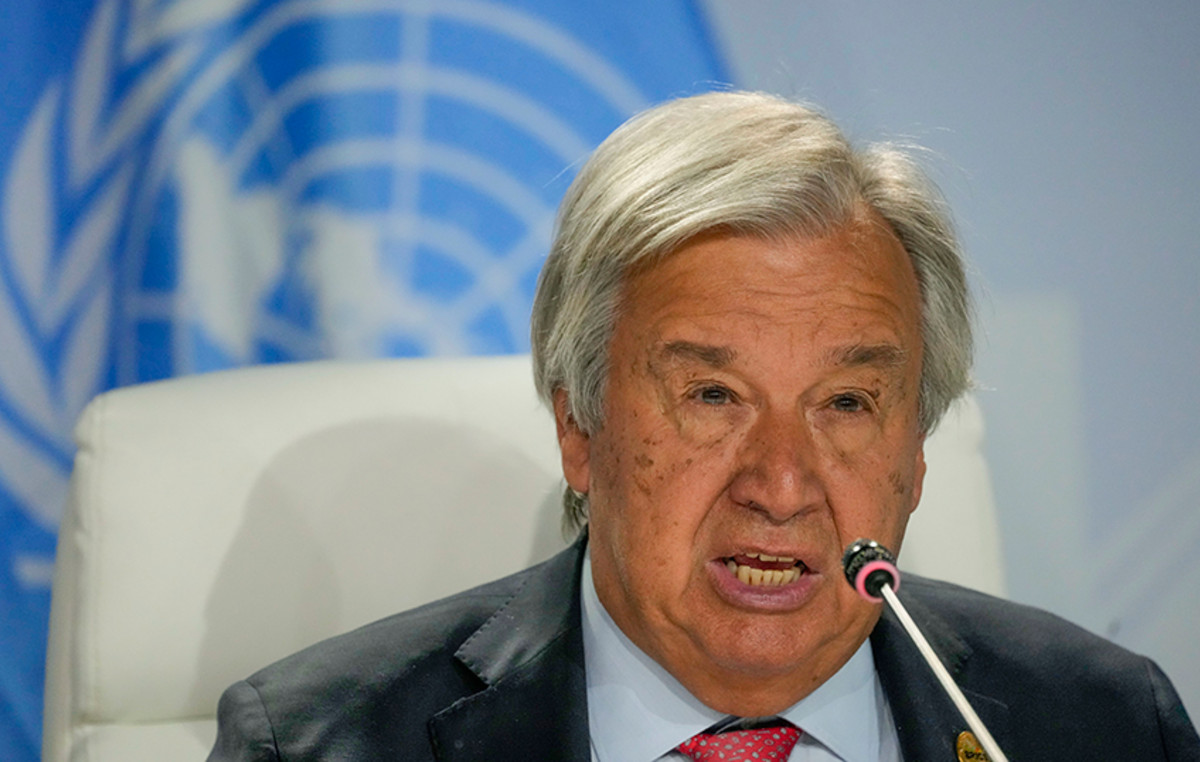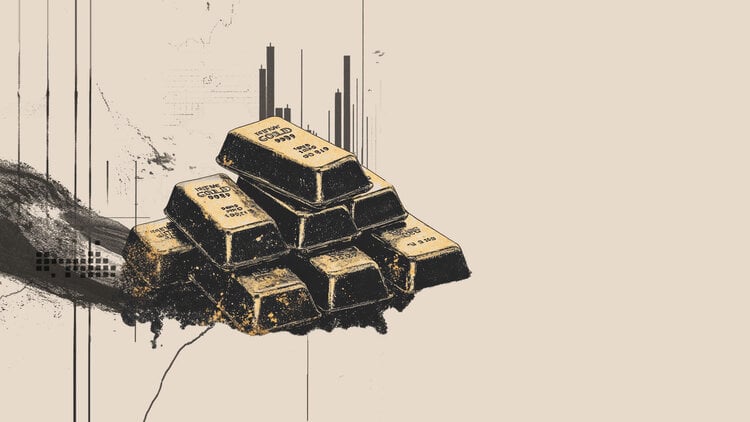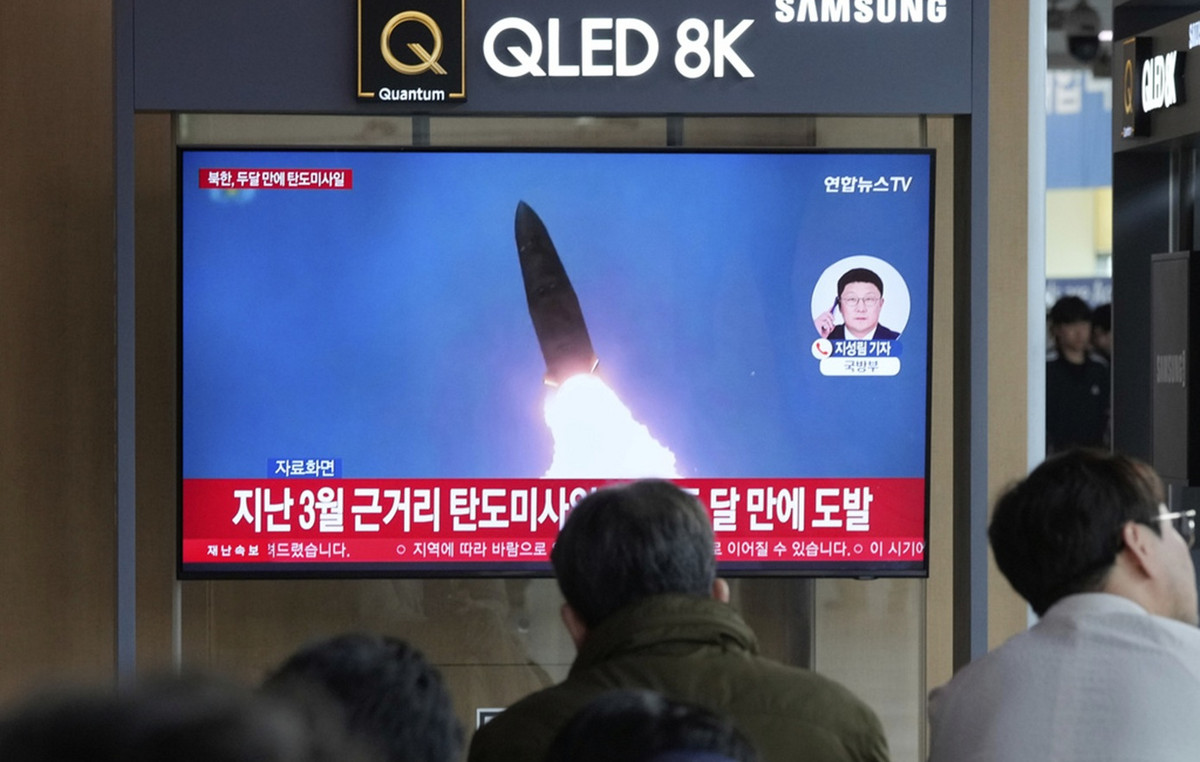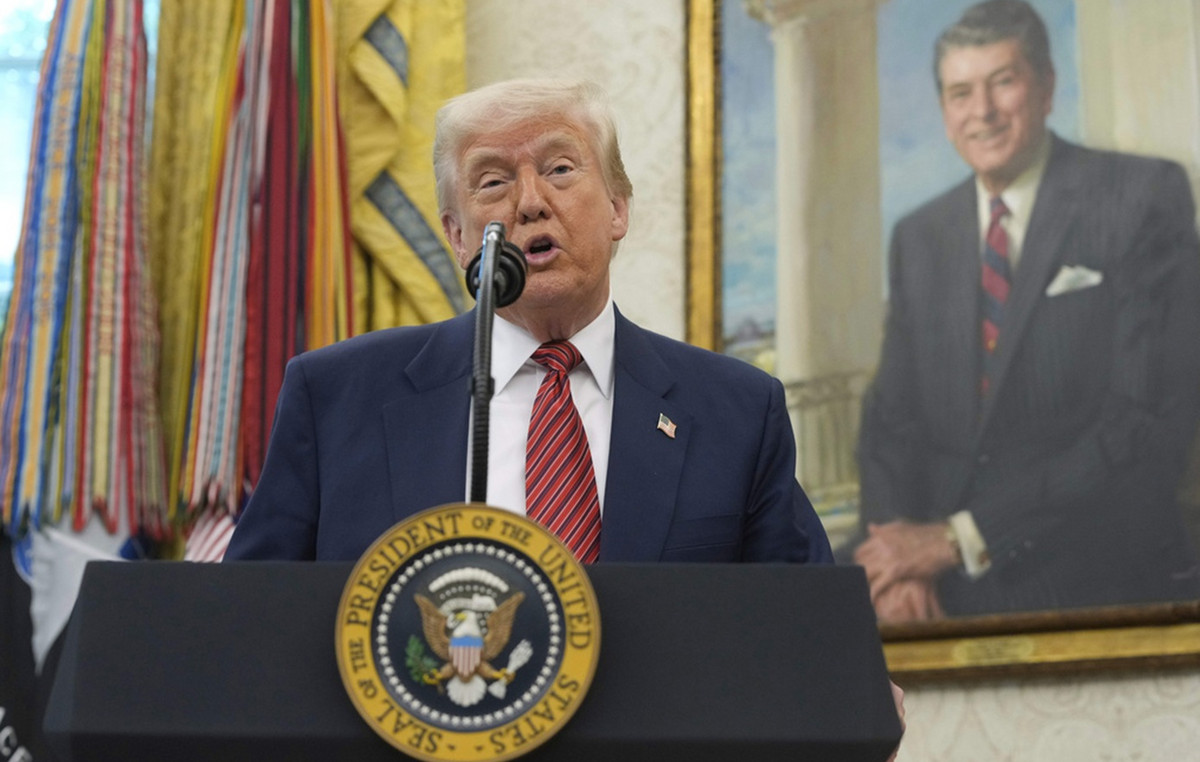Federal Reserve Bank of Atlanta President Raphael Bostic said Tuesday that Fed officials should be cautious with policy decisions given the uneven progress in reducing inflation and err on the side of holding interest rates. high interest rates to achieve their price stability goals, according to Bloomberg.
Key quotes
Given that kind of irregularity in the measures, I think that will require our policy approach to be more cautious.
I want to make sure we get the right signal and make sure our policy is calibrated to that right signal. And if we have to err, it would err upwards.
I would want to make sure — with certainty — that inflation hits 2%, which means we might have to keep our policy rate higher for longer than people might expect.
Inflation trends could show periods of stagnation or more aggressive movements, reflecting variability in the data.
Ensuring policy aligns with reliable signals, even amid variability, is a key focus.
Preference to err on the side of keeping rates higher for longer to ensure inflation reaches the 2% target.
Policy rate reductions could be slower or delayed to ensure steady progress toward inflation targets.
Rates are likely to stay elevated longer than originally anticipated to achieve the inflation target.
Market reaction
The US Dollar Index (DXY) is trading 0.02% lower on the day at 108.68, at the time of writing.
Fed FAQs
The monetary policy of the United States is directed by the Federal Reserve (Fed). The Fed has two mandates: achieving price stability and promoting full employment. Your main tool to achieve these objectives is to adjust interest rates. When prices rise too quickly and inflation exceeds the Federal Reserve’s 2% target, it raises interest rates, raising borrowing costs throughout the economy. This translates into a strengthening of the US Dollar (USD), as it makes the United States a more attractive place for international investors to place their money. When inflation falls below 2% or the unemployment rate is too high, the Federal Reserve can lower interest rates to encourage borrowing, which weighs on the greenback.
The Federal Reserve (Fed) holds eight meetings a year, in which the Federal Open Market Committee (FOMC) evaluates the economic situation and makes monetary policy decisions. The FOMC is made up of twelve Federal Reserve officials: the seven members of the Board of Governors, the president of the Federal Reserve Bank of New York, and four of the eleven presidents of the regional Reserve banks, who serve for one year on a rotating basis.
In extreme situations, the Federal Reserve can resort to a policy called Quantitative Easing (QE). QE is the process by which the Fed substantially increases the flow of credit into a clogged financial system. It is a non-standard policy measure used during crises or when inflation is extremely low. It was the Fed’s weapon of choice during the Great Financial Crisis of 2008. It involves the Fed printing more dollars and using them to buy high-quality bonds from financial institutions. QE usually weakens the US dollar.
Quantitative tightening (QT) is the reverse process of QE, whereby the Federal Reserve stops buying bonds from financial institutions and does not reinvest the capital of the maturing bonds it has in its portfolio to buy new bonds. It is usually positive for the value of the US Dollar.
Source: Fx Street
I am Joshua Winder, a senior-level journalist and editor at World Stock Market. I specialize in covering news related to the stock market and economic trends. With more than 8 years of experience in this field, I have become an expert in financial reporting.







